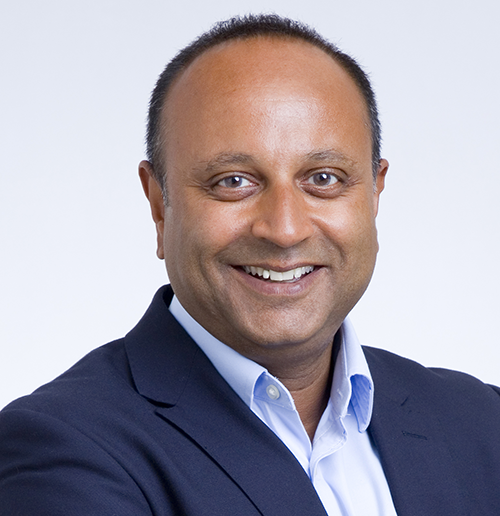Ketan Patel, Group Chief Information Officer, at facilities management company OCS, tells us how technology plays a pivotal role making people and places the best they can be.

At OCS, the words we live by are ‘making people and places the best they can be’. As a facilities management (FM) company, this is a natural starting point; we want the shopping centres and stadiums and other locations where we provide core services such as cleaning, security, catering and others to be welcoming to visitors.
Run, grow, transform
Technology plays a pivotal role in this. We have what I define as three ‘buckets’ of technology: the Run, the Grow and the Transform.
The Run is simple. It is the right, robust technology which allows the business to run. I call it ‘keeping the lights on.’
The Grow is where things get interesting from an FM background. The implementation of technology which can drive a competitive advantage using data is tomorrow’s gold. Data drives insights on technology and operations and highlights the most efficient and sustainable developments in technology and how we use them to manage colleagues, execute tasks and make sure the right people with the right skills are doing the right jobs. There is proven data behind these decisions.
Naturally following on from the Grow is the Transform. This is where innovation truly finds its home.
It wasn’t too long ago that the idea of a robot cleaning a shopping centre was the stuff of science fiction. Now firmly lodged in the present, concepts such as these detect and measure activity, make use of photographic evidence and reach the parts of a building that humans cannot safely or comfortably reach.
Yet the proof points that a robot cleaner encounters, and its continuous gathering of evidence, provides an enviable by-product. Its output can be optimised so that it also provides supplementary, connected information for other functions. It can highlight footfall levels at optimal times of day and give dimensions and capability from data that is not native to cleaning, or whichever function the technology is being used.
This suite of optics for customers tackles the nuances which arise when providing FM services. Innovative tools optimise the teams on the ground to help them deliver a better service. The connected journey does not just involve the core service, but the doubling-up of add-on services that come with using data so effectively.
Using both historical and predictive data to predict tomorrow’s forecast, today
Every company has ESG targets. Our innovative technology not only helps companies learn the basics of reducing emissions – such as switching lights off when offices are empty or reducing the temperatures on chillers by a degree without degradation to the product – but it also looks into its crystal ball and predicts what is going to happen within the company that can actively help them meet their targets.
Take for instance the AI cameras in robots which monitor construction sites. They can monitor the amount of mud that is produced in a specific area and predict when the slipperiness will render the site unsafe. In this use case and others, patterns and intelligence built over historical periods allow us to predict future aspects of core service delivery and these other add-ons.
Internet of Things (IoT) sensors in organisations are feeding the data to technology which is subsequently enabling these predictions to be made. They allow users to see what is impacting their services to the extent that they can predict, to a certain degree, when things might go wrong, resulting in a better level of service.
It’s all about honing how our technology helps us deliver our services but at the most optimal, innovative level.
The key to engagement
With so many projects in development, how to keep a team on the same page is the million-dollar question. I’ve found that consistent, regular, bitesize communications make it simple to explain and understand the what, the why and the how.
As we go through several large transformational projects, it is vital that everyone is aligned from a technological and operational viewpoint. The whole business needs to understand this in a succinct, relatable way, what happens above the waterline.
What’s coming in the future?
Cloud technology has simplified our lives. Not having to worry about our back-end processes and elements leaves us free to concentrate on how we can make our lives easier, which is of course one of the principle features of technology. We no longer spend hours crunching data; we analyse it for the better, which represents the paradigm shifts in our lives as we use time more effectively as end-consumers.
Thirty years ago, cloud technology would have been an impossible dream. We are where we are with it now though because people wanted it and made it happen. All around us, people are thinking of what can be possible. We think differently to how we did 30 years ago and we’ll think differently in 30 years to how we think today.
The future is not shooting ahead of us. Rather, it is keeping up with how we think and the different ways of doing the same thing. That’s something that everyone in every industry – not just facilities management – can be excited about.
Click below to share this article

